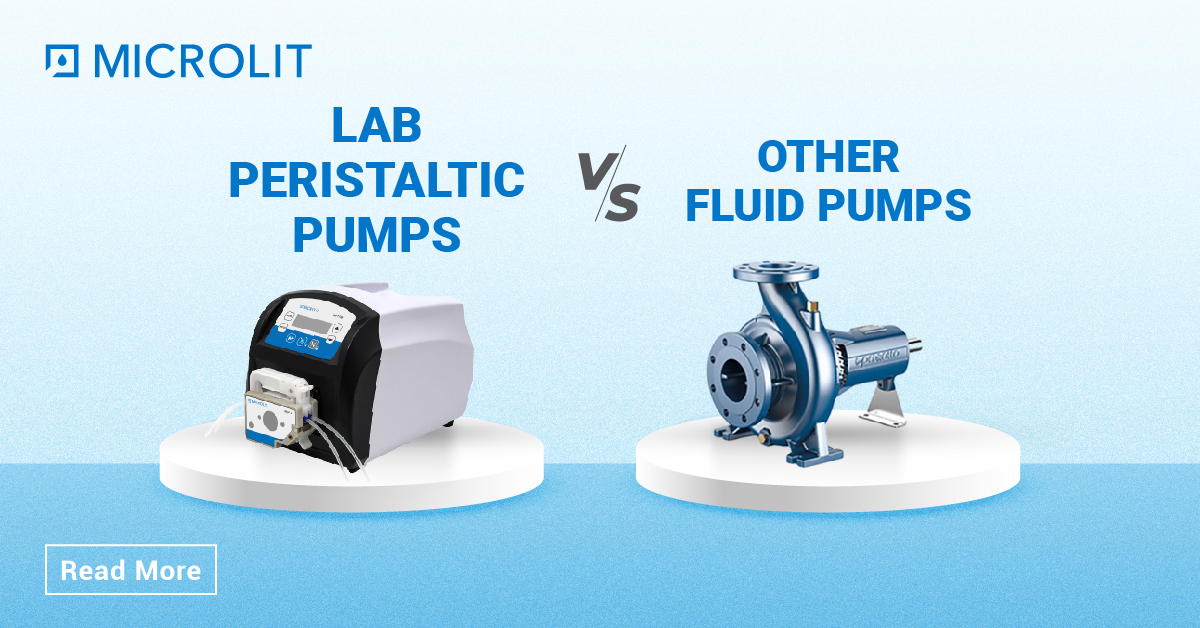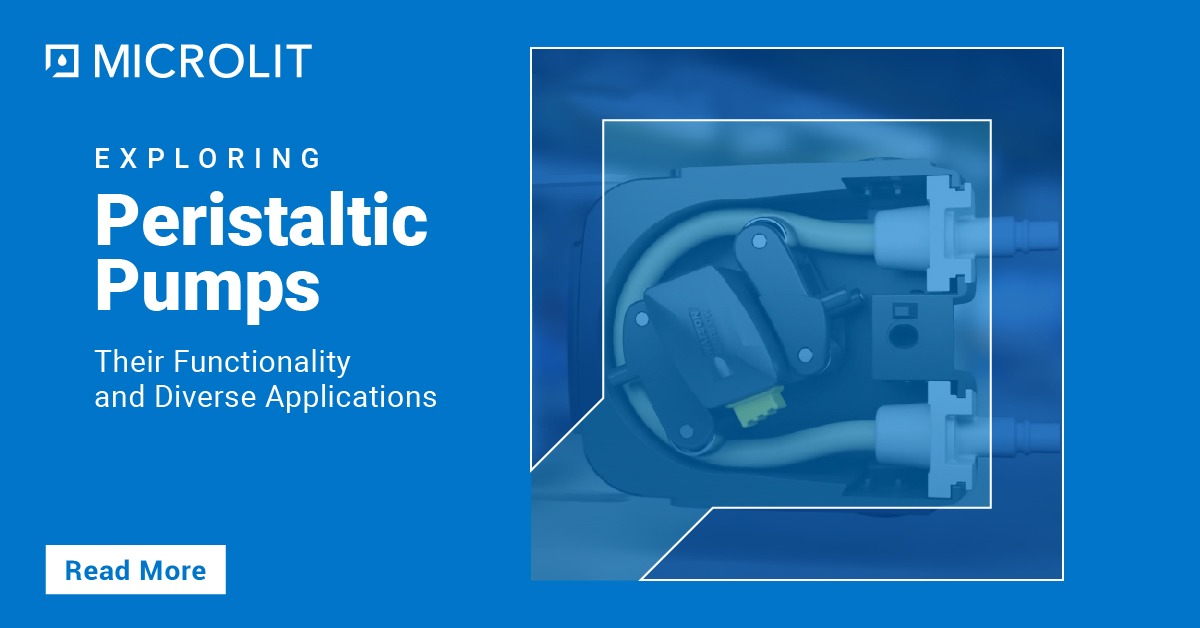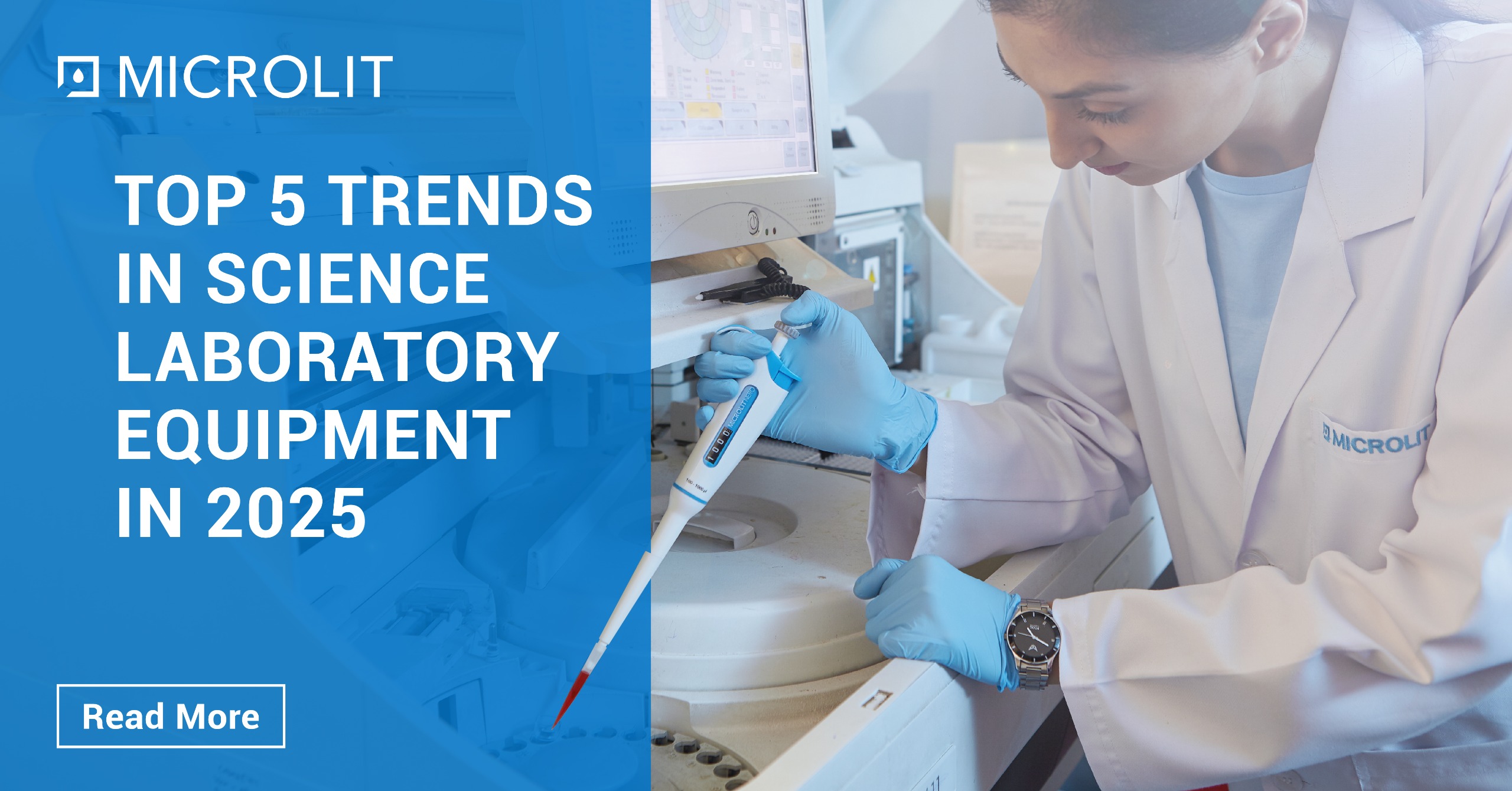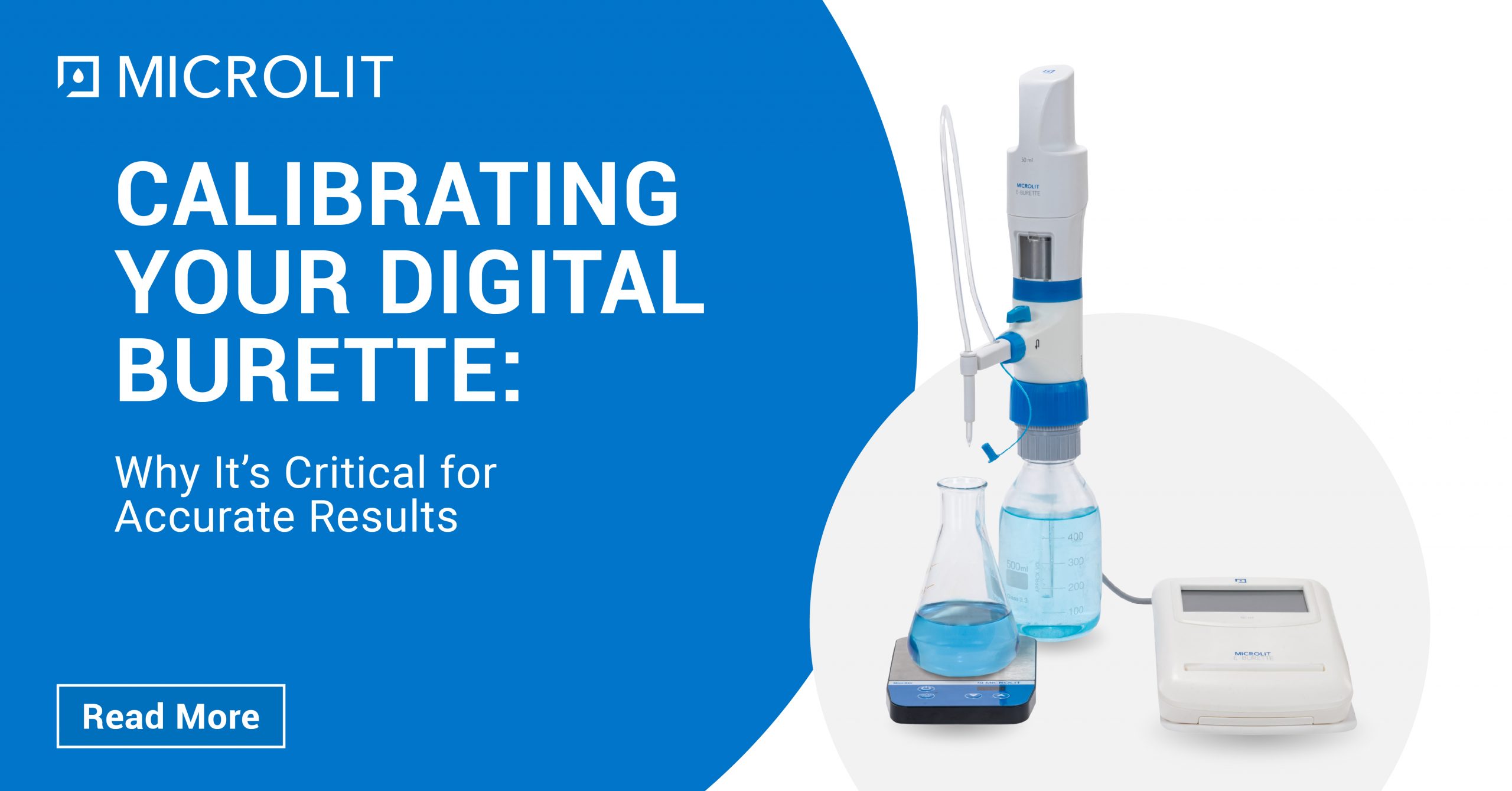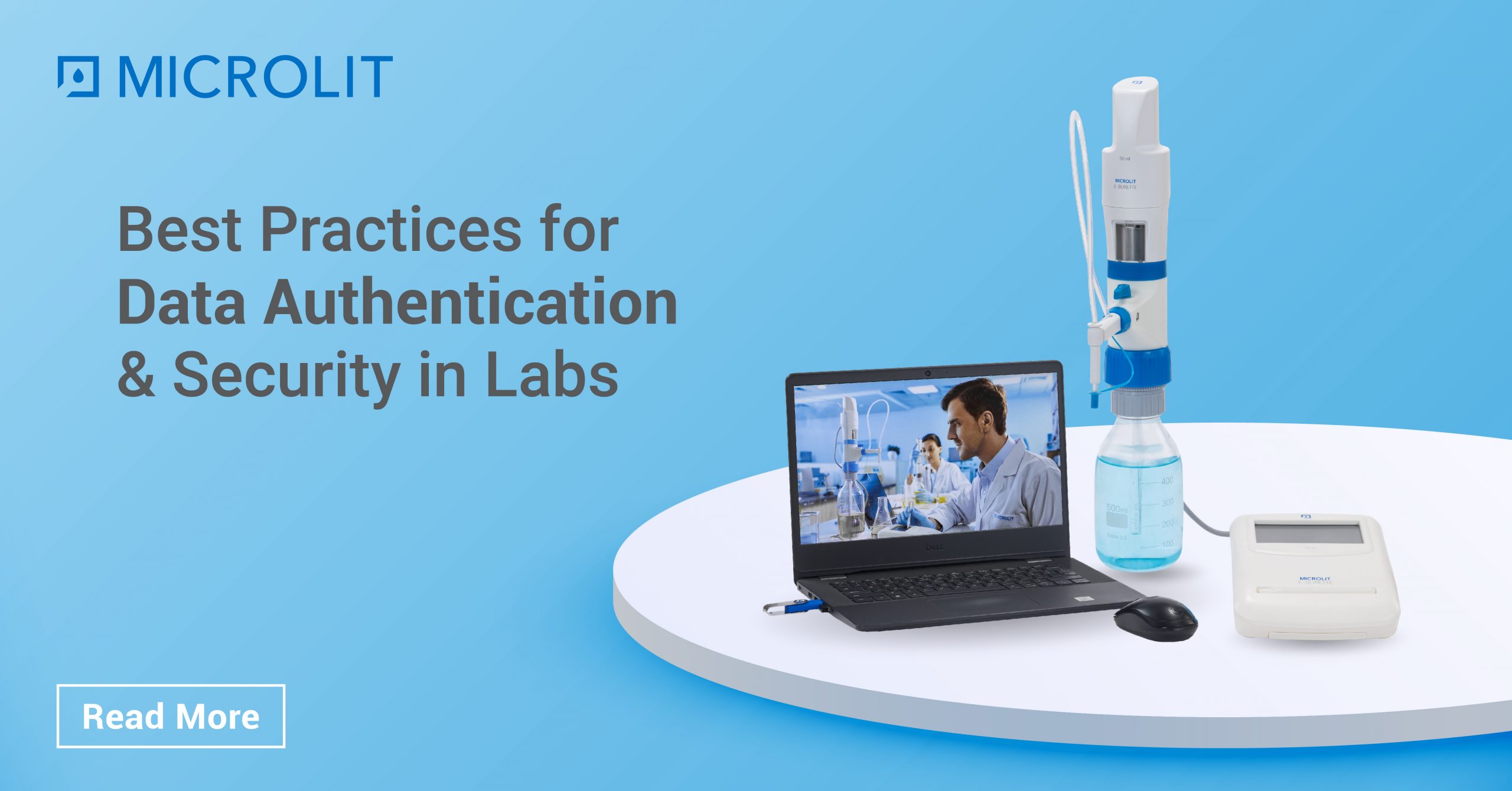Top 10 Tips for Pipetting Like a Pro
- January 4, 2019
- ENQUIRE NOW

If you work in a laboratory, accurate pipetting is a crucial part of it. Without it, your experiments would not be reproducible, or the solutions you make would be inaccurate. Worse still, your readouts would be massively inaccurate and it would be meaningless to compare them with others.
Pipettes or micropipettes may be precision instruments, but how you handle them determines their accuracy, like how you maintain your pipettes, practice your techniques and understand their inner workings. And, once you actually master these steps, can you claim to be precise with these instruments.
1. Pre-Wet the Pipette Tip
Before aspirating any sample for delivery, you need to aspirate and expel the sample liquid at least three times. A significant sample loss could be caused by evaporation within the tip but when you pre-wet it, the humidity within the tip increases. This in turn reduces any possible variation due to evaporation of the sample. When you use the same tip to deliver multiple samples without pre-wetting, it may reduce the volume of the first few samples.
2. Never Place a Filled Pipette on its Side
An air column separates the liquid in the pipette from the pipette barrel. Naturally, nothing can prevent it from rolling down into the barrel. If there’s any liquid left inside the pipette barrel, it may result in contamination and may even cause serious damage due to corrosion.
3. Test Your Accuracy
You can test the accuracy of your pipetting technique by a simple process. Dispense 100 µL onto a fine balance. The mass of the droplet you make should be around 0.1 g. Now repeat this for 10 times and record the masses you obtain. If the variation is more than 0.5%, then you need to re-evaluate your pipetting technique.
4. Take the Ambient Temperature into Account
Your pipette is most likely calibrated at room temperature. There might be cases when you are working at a different temperature, and that may result in your pipette not dispensing accurate volumes.
5. Choose the Right Pipette for the Volume you Dispense
The accuracy of your pipette decreases as the dispensed volume approaches the minimum the pipette can handle. For example, if you are dispensing 15 µL, then a 1 mL pipette would be terrible, a 200 µL pipette not so good, and 20 µL pipette ideal.
6. Check Your Pipettes Daily for Damage
Everyday, before starting your experiments, examine the nose of the pipette barrel you would be working with, for damage. If there’s any, you should get it serviced as soon as possible since it won’t render correct results.
7. Clean Your Pipette Before Use
Wash your pipette daily with 70% ethanol.
8. Store Your Pipette in a Pipette Holder
When you store your pipette vertically, it prevents any liquid in the pipette barrel to go further, thereby avoiding corrosion.
9. Use Consistent Plunger Pressure and Speed
Whenever you are using the plunger, try to be consistent with the pressing down and releasing. While aspirating and dispensing any sample, try to apply the same pressure and speed.
10. Examine the Tip Before Dispensing a Sample
Carefully remove any droplets outside the pipette with a lint free cloth, while making sure it stays clear of the tip opening. This should be done every time before dispensing

